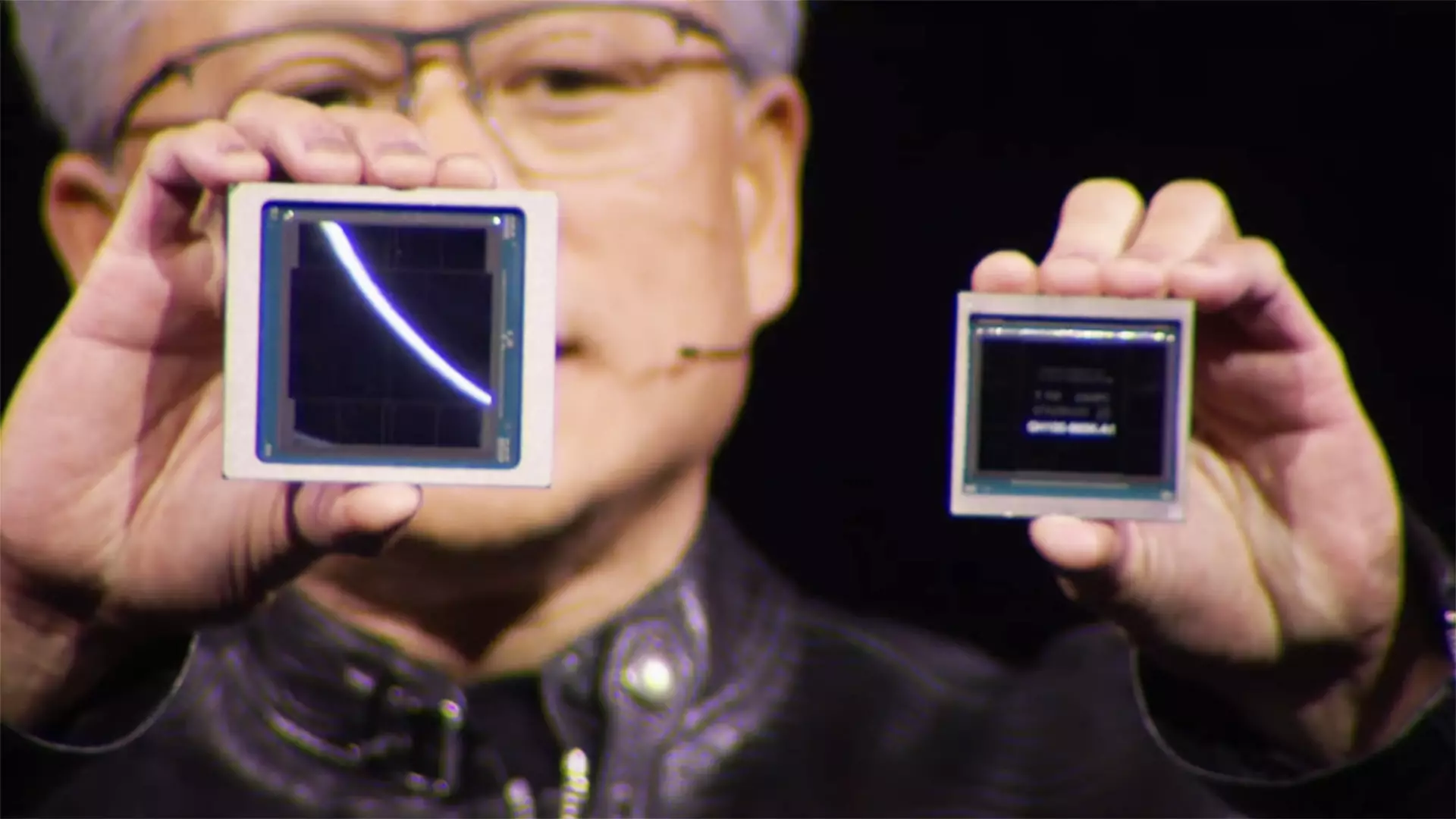The intersection of technology and national security has never been as pronounced as it is today, especially within the context of artificial intelligence (AI). The emergence of novel AI chip innovations, particularly from companies like Nvidia, has ignited a complex debate around the implications their proliferation may have, especially regarding their potential acquisition by nations like China. As legislators grapple with solutions to address these concerns, a new bill proposed by Democrat Representative Bill Foster aims to introduce sophisticated methods of tracking and potentially disabling AI chips to maintain oversight over their distribution. The ramifications of such a measure are vast and multifaceted, as they intertwine the freedoms of technological innovation with the imperatives of national security.
The Rise of AI and National Security Concerns
The AI landscape is a dynamic and rapidly evolving space, with powerful companies racing to establish dominance. Central to this race are the computational capabilities offered by GPUs (Graphics Processing Units), particularly those produced by Nvidia. These chips hold immense potential for various applications, ranging from deep learning to autonomous systems. Nevertheless, as the global narrative progresses toward greater integration of AI into critical systems, the fear of these advanced technologies falling into enemy hands raises legitimate concerns among legislators and security experts alike.
Foster’s proposed bill highlights a significant shift in national policy, suggesting that the U.S. government should take a much more proactive approach in monitoring where AI chips are deployed. The idea of implementing remote tracking mechanisms signals that policymakers are not just concerned about the immediate risks, but also about the long-term geopolitical implications of a potentially adversarial nation gaining access to cutting-edge technology. This move is indicative of the broader implications of tech-centric nationalism, where preserving a nation’s technological edge becomes synonymous with national security.
The Practical Challenges of Monitoring Technology
While the concept of tracking AI chips may sound promising, the logistics behind such tracking systems introduce substantial challenges. Technologically, the idea entails integrating functionalities within the chips themselves that communicate with a central U.S. server, offering insights into their geographical whereabouts. However, the feasibility of executing such a system effectively raises questions about the potential for circumvention.
History has demonstrated that nations often develop workarounds in response to export restrictions. A case in point is the reported smuggling of advanced chips that found their way into entities like Huawei. Past incidents, which have seen significant financial fallout for companies like Taiwan Semiconductor Manufacturing Company (TSMC), emphasize how difficult it is to entirely prevent restricted technology from entering sensitive regions. The implementation of tracking systems, while a step toward control, may not be foolproof.
Furthermore, the question arises: Even if chips could be rendered non-functional remotely, how will authorities ensure that effective protocols exist to backtrack and enforce these measures? It’s a diplomatic tightrope—striking a balance between security and technological free-market principles.
The Geopolitical Stakes in AI
The rising competition between the U.S. and China extends far beyond mere exports; it symbolizes a broader struggle for technological dominance that shapes global economic structures. As Nvidia CEO Jensen Huang has pointed out, China’s ambition in the AI sphere is not to be taken lightly—it’s an emerging powerhouse that seeks to rival established Western technology firms. This competitive pressure inherently encourages nations to take protective measures, including regulatory frameworks designed to curb technological access.
One pertinent aspect that legislators should consider is the potential backlash of heavy restrictions on innovations produced by American companies. Nvidia’s lamentations about financial losses due to export limitations reflect a critical tension: how to foster domestic innovation while securing national interests. The current trajectory indicates that while companies such as Nvidia may suffer initial setbacks due to regulatory hurdles, this stringent approach may ultimately serve as fertile ground for the development of an autonomous tech landscape in other parts of the world, such as China.
As the U.S. constructively navigates the landscape of technology control, it is imperative that we acknowledge the complexities involved in the battle for AI supremacy. While national security is non-negotiable, the cost of restricting technological diffusion must be carefully weighed against the backdrop of global innovation. Ultimately, those crafting strategies for the future must aim to strike a balance that safeguards national interests without stifling innovation—a challenge as intricate as the technology itself.


Leave a Reply